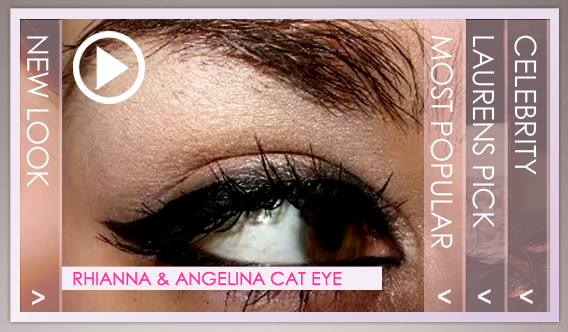 Everyone is familiar with the term “branded content” to describe pieces of content explicitly tied to a particular business brand. However, to win in today’s market, more businesses should shift focus from stamping their name on content to using content to build the brand. There’s a big difference in view and approach when building a content brand.
Everyone is familiar with the term “branded content” to describe pieces of content explicitly tied to a particular business brand. However, to win in today’s market, more businesses should shift focus from stamping their name on content to using content to build the brand. There’s a big difference in view and approach when building a content brand.
Andrew Davis (@TPLDrew) discussed this distinction in a recent presentation. He advises that businesses treat content like a product. He goes on to explain that this is because content brands build relationships, relationships build trust, and trust drives revenue.
Davis gives several examples of successful content brands grown from seemingly narrow niches. Two examples he highlighted were Lauren Luke (who demonstrates how to recreate celebrity makeup looks) and “The Chicken Whisperer” (a content brand built around maintaining backyard chickens).
He then asks a pivotal question: “What if we valued long term relationships over views, impressions, or likes?” — and instead placed value on subscriptions?
This is vitally important in the context of a new reality: that website content has a 10%-20% chance of being successful.
This emphasis on emotional enrollment, first and foremost, is the way content brands win. In Lauren Luke’s experience, for example, she was able to transcend “traditional” qualifications such as makeup design study and bond with her audience based on her ability to remake celebrity makeup designs using foundations by Laura Mercier.
Luke built her content brand intuitively. Other brands can intentionally and strategically follow her example. How do you begin the relationship-building process?
Here are the ways Luke built and strengthened the personal relationships necessary to build her content brand, and you can, too.
- Be genuine. You don’t need glitz; you need generosity of spirit and a genuine perspective. Construct you content for a very specific audience instead of mass consumption. This is evident in Luke’s second, celebrity-inspired “how to” video that rocketed her to fame. Here you can watch a setup in her home as the television murmurs in the background — the net result is that the communication is authentic and intimate.
- Share your story.The clichéd advice of “sharing your story” is, in fact, a growing requirement to compete in almost any industry. Your story sets you apart from others and more quickly brings “your people” to you. Many brands mistakenly focus on sharing only prestigious accolades. In fact, greater emotional connection can be gained by sharing a story with which people can identify. Luke does this very well in her narrative because while she highlights accomplishments, she does so in the context of struggle and survival. Even those who have not experienced similar struggles are drawn in because it opens a window onto another life.
- Show vulnerability. Last year, Luke posted a “how to” to cover up bruises — alarming her fans and sparking discussion about domestic violence. Your brand need not display such raw material, but, people do react when they understand more about the real people involved. This is one area where smaller businesses can outperform larger corporate entities.
- Share triumph. In a recent video, Luke discusses her weight loss journey. Again, this is a personal matter unrelated to the brand directly but serves to form a broader picture of who Luke is and allows her fans to cheer on her success. Watching Luke lose weight allows her fans to enjoy her successes as their own.
What do these elements have in common? All of these efforts are revealing and at times personal. This kind of marketing requires greater exposure and connection between the brand and their people. All of these elements provide a more holistic view of the brand, offering new and different ways for people to connect with the people involved.
So, how can brands use content to build a content brand? Build a content brand by placing emphasis on solidifying relationships through the content you produce.
Image: LaurenLuke.com.